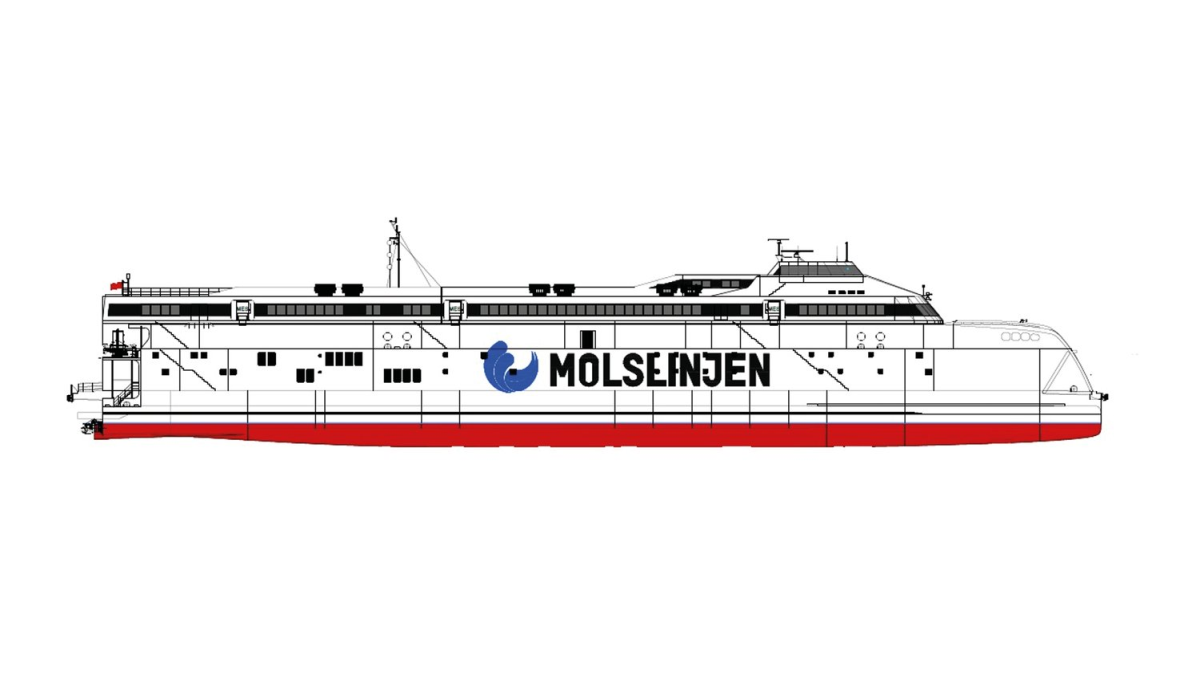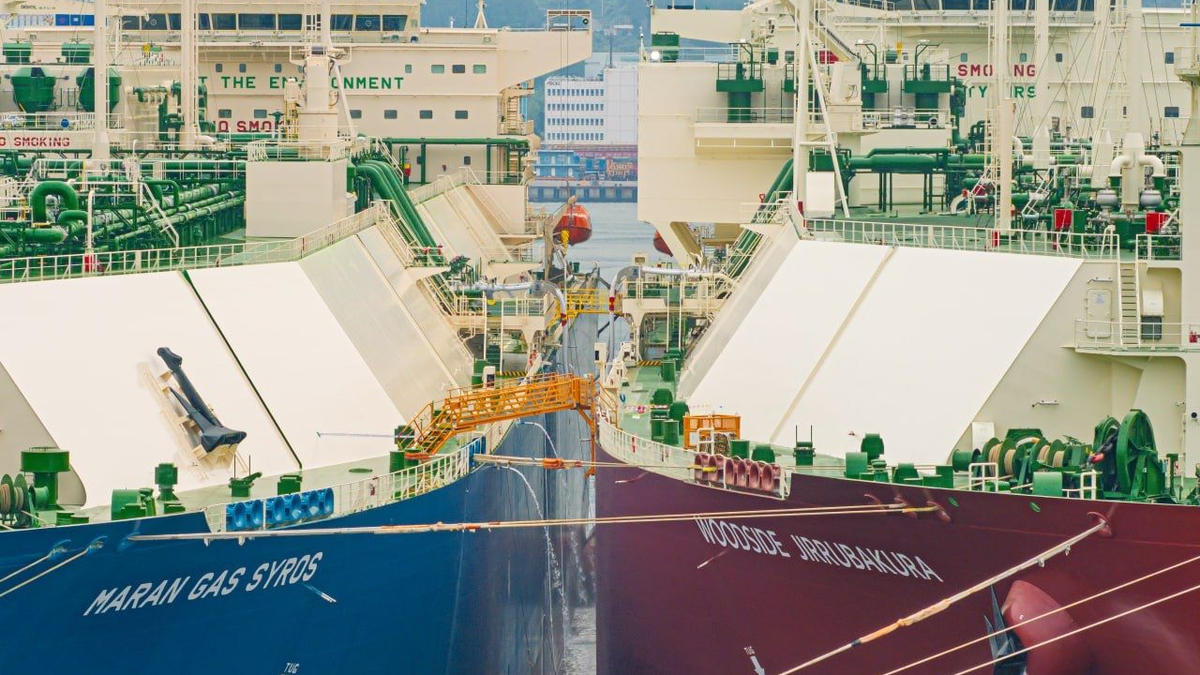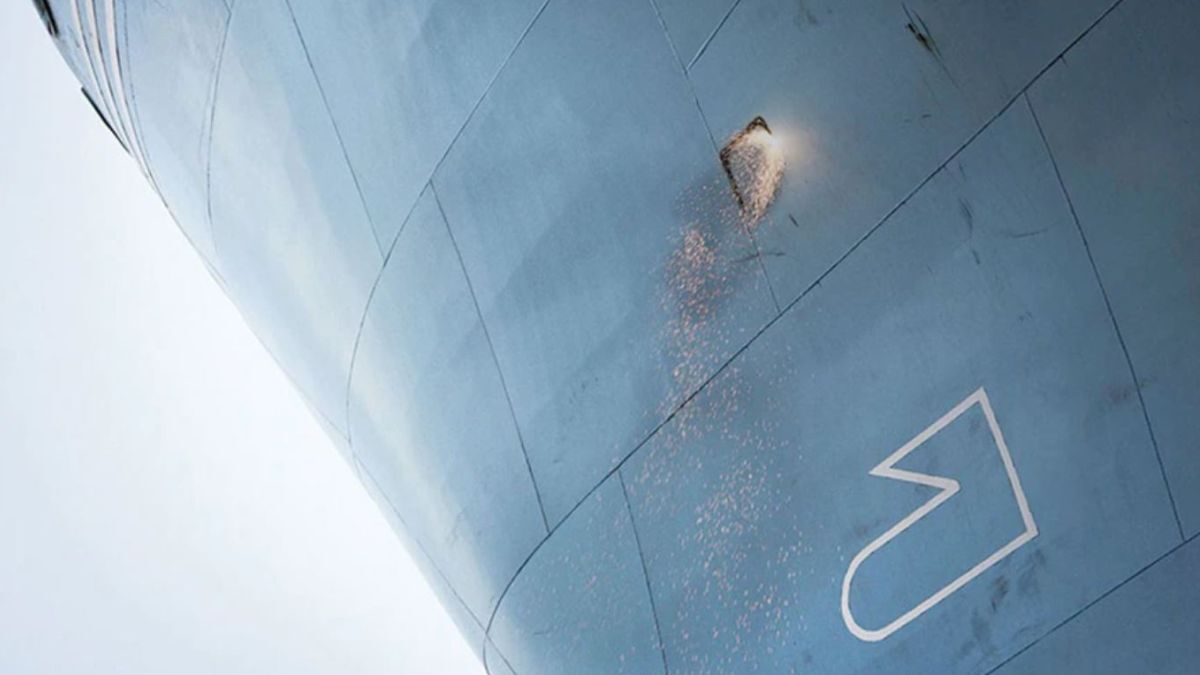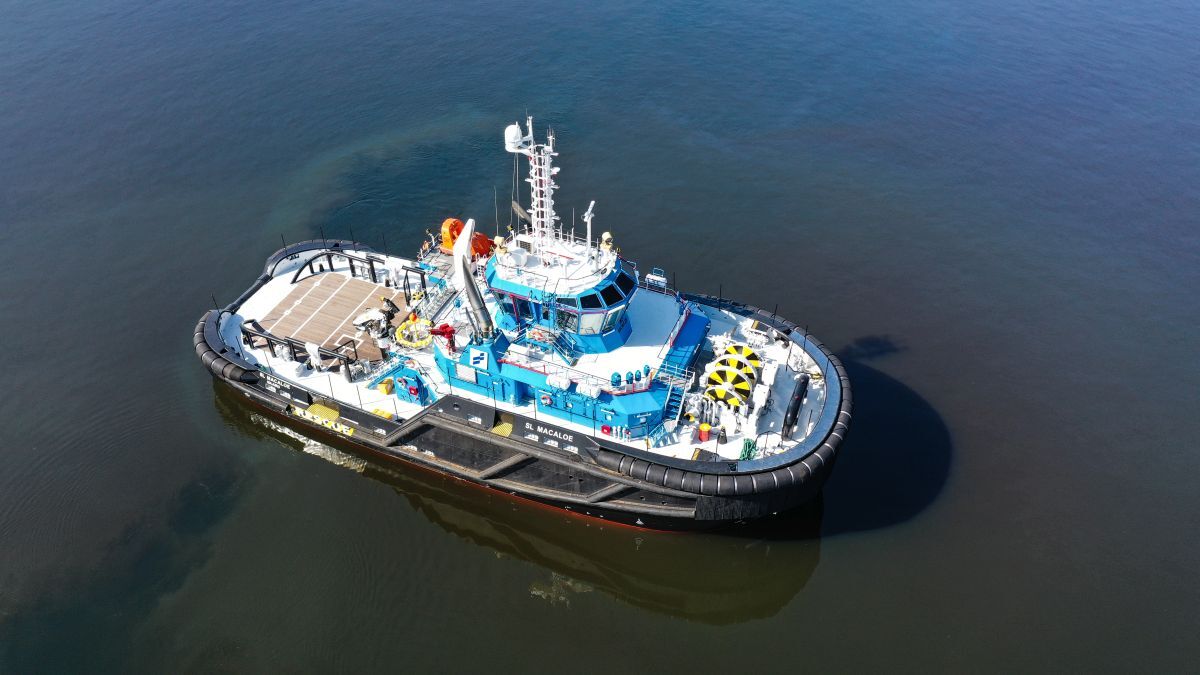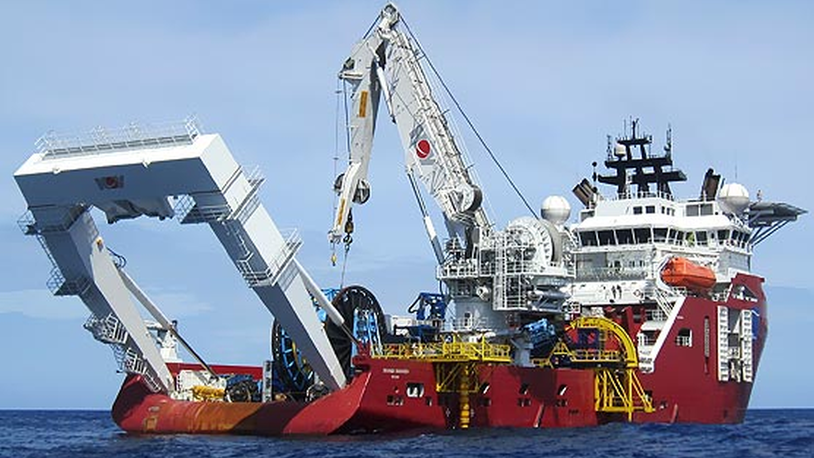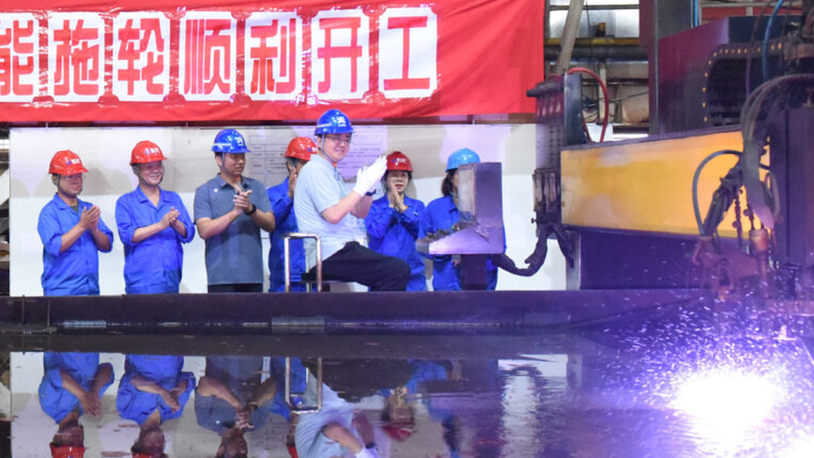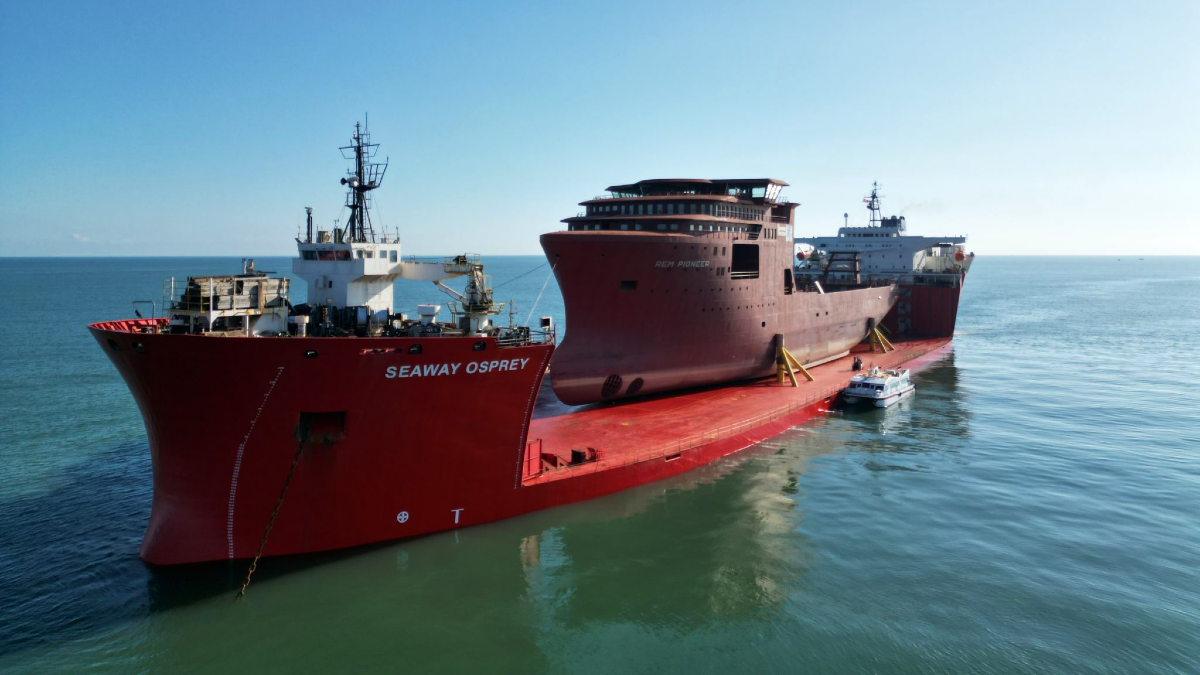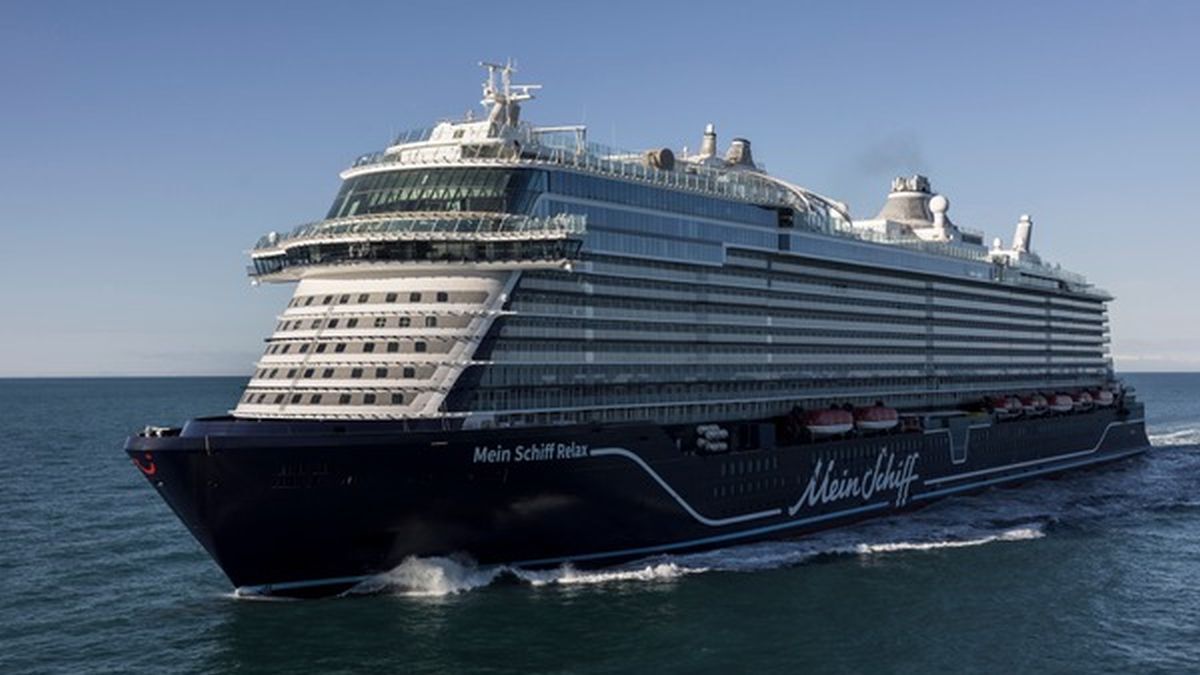Business Sectors
Events
Contents
Molslinjen orders two, possibly three 'giant' battery-powered catamaran ferries
Danish company says the ferries, destined for use in the Kattegat Sea, represent the ’world’s largest electrification project at sea’
Nordic Ferry Infrastructure, Molslinjen’s owners, have just placed a Dkr1.0Bn (US$157M) order for two battery-powered catamarans for use on ferry routes across the Kattegat, with ship operator Molslingjen saying that a third ferry order is "in the works".
The confirmed order for two catamarans will see the vessels built at Australian shipyard Incat, in Tasmania, where other vessels in Molslinjen’s fleet of fast ferries were also built.
Molslinjen welcomed the order for the two battery-powered ’giant’ catamarans for the Kattegat, and the company said it was engaged in ongoing discussions on the order for the third vessel, "with several different shipyards that are expected to be able to handle the task of building a battery-powered giant catamaran similar to the other two".
"If it ends up with three ferries, the Kattegat route will become the world’s largest electrification project at sea ever. The first of the three ferries is expected to arrive in Danish waters at the turn of the year 2027-2028," Moslinjen said.
The company said its ferries will be 129-m long, 31-m wide, and will have space for 1,483 passengers and 500 cars.
"This is 11% larger than Bornholmslinjen’s Express 5, which is considered the world’s largest catamaran in terms of number of cars. This also means the total capacity for cars and passengers on the Kattegat will increase by more than 25%," Molslinjen said.
Each of the ferries will be equipped with battery packs that, at 45,000 kWh, can power the ferries at more than 40 knots.
"It is a huge project, which in addition to the three ferries involves extensive construction of infrastructure on land as well as systems for storing electricity for the new ferries," said Molslinjen chief executive Kristian Durhuus.
The company said, in total, construction of the three ferries with their associated portside infrastructure will cost around DKK3.5Bn (US$548M).
A Danish government initiative, the green tax reform, specifically listed Molslinjen fast ferries as part of series of political initiatives aimed at reducing Denmark’s greenhouse gas emissions.
"That is why Molslinjen has just applied for the state’s green support fund for the electrification of the Kattegat operation. The possibility of support from the state has made the shipping company press the order button," Molslinjen said.
"We now have 2.5 years to be ready for fully electric operation on Kattegat. This is a fantastic milestone for our company. We are one of the country’s five largest emitters of CO2, and with support from the fund, it gives us and the government the opportunity to remove 132,000 tonnes of CO2 per year from Denmark’s climate impact in one fell swoop," Mr Durhuus said.
The ferries will be able to charge in the ports of both Aarhus and Sjællands Odde harbours. When plugged in, a single catamaran will charge with 15 kV AC at 55,000 kW for 30 minutes – receiving an average of 25,000 kWh of energy before its next journey.
Riviera’s Maritime Decarbonisation Conference, Europe will be held in Amsterdam Schipol Airport, 30 September to 1 October 2025. Click here to register your interest in this industry-leading event.
Related to this Story
Events
Offshore Support Journal Conference, Americas 2025
LNG Shipping & Terminals Conference 2025
Vessel Optimisation Webinar Week
© 2024 Riviera Maritime Media Ltd.


